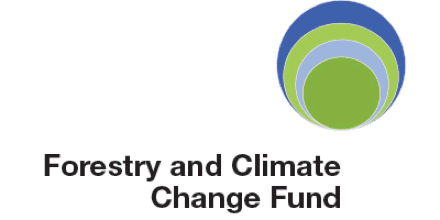Objectives
The objective of the Sub-Fund is to make sustainable investments within the meaning of article 9 of Regulation (EU) 2019/2088 of the European Parliament and of the Council of 27 November 2019 on sustainability-related disclosures in the financial services sector by investing in a diversified portfolio of unlisted forestry management companies and forestry management operations of secondary and degraded forests (“SDF“) by financing such entities via SDF Investment Instruments.
The Sub-Fund aims at generating financial returns for the Shareholders of the Sub-Fund, aligned to different risk and return profiles of its investments in debt and equity. The Sub-Fund aims at protecting and restoring the biodiversity and ecosystems (namely through sustainable forest management, including practices and uses of forests and land use that contribute to enhancing biodiversity or to halting or preventing degradation of ecosystems, deforestation and habitat loss) and also seeks an environmental impact and in particular the mitigation of climate change through the sequestration and preservation of carbon in forest biomass. The Sub-Fund balances economic considerations with forestry management models adapted to the different ecological conditions of SDF to ensure the long-term sustainability of its interventions. The Sub-Fund aims at financing and developing entrepreneurial activities in the forestry sector and as such it will not acquire directly forests or land.
The actions of the Sub-Fund should contribute to climate change mitigation, adaptation to the consequences of climate change, the preservation of soil, the functioning of the hydrological cycle and the harbouring of biodiversity as well as strengthening local communities through increasing employment and self-employment opportunities.
The Sub-Fund is aligned with the objectives of the Paris Agreement and supports Nationally Determined Contributions in investee geographies, to which it contributes in the following regards:
- providing new forest management concepts that will reduce Greenhouse Gas (“GHG“) emissions of the land use sector;
- by providing proof-of-concept through its investments and increase national capacities for the implementation of these new concepts; and
- by accounting for all GHG sequestration within its scope of activities.
The Fund addresses the Sustainable Development Goals with a particular focus on sustainable forest management (SDG 15), climate change mitigation (SDG 13), poverty alleviation (SDG 1), gender equality (SDG 5), decent work conditions (SDG 8) and promotion of wood as a local, low-carbon material (SDG 9).
